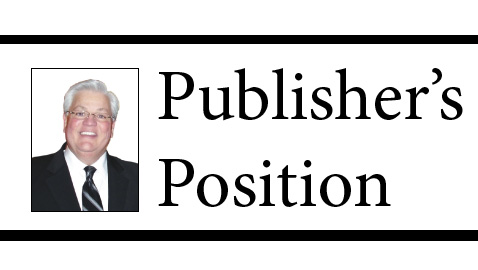The monthly jobs report or how to lie with statistics
By Dr. Harold A. Black
blackh@knoxfocus.com
haroldblackphd.com
There are few things in life as certain as death, taxes and an inflated jobs report. The report for June says that 147,000 jobs were added to the economy. But the report from the Department of Labor is always wrong. After the initial report is issued, the department starts revising it because the report estimates job growth from a survey of selected employers. Thus far, from January through April, the Labor Department has revised downward the monthly employment gains by an average of 55,000 jobs. Historically, job growth is in reality less than half of what is initially reported.
Look for the 147,000 jobs number to be significantly revised downward. Also, look at the numbers within the numbers. For the first time in years, private sector employment fell as 47,000 jobs were lost where employers have fewer than 50 employees. Eighty percent of the job growth was in state and local governments. I have long contended that public sector employment should be excluded from the job figures. I believe that June’s numbers substantiate that claim.
Thus, the job market is weakening and shows that the Labor Department report is an example of how to lie with statistics. One might think that the troubling job numbers would cause Trump to back off his raising of tariffs. But no. Instead, he has announced that the administration will start sending out letters informing countries of their tariff rates effective August 1, which will be as high as 70%.
President Trump says that his tariffs are reciprocal. I guess it is how you define “reciprocal” because the agreement with Vietnam calls for a tariff of 20% on goods imported from Vietnam and a transshipping tariff of 40% on goods manufactured in other countries (namely China) but shipped via Vietnam. There will be a tariff of zero on U.S. goods imported into Vietnam. So let me get this straight, we put a 20% tariff on them and they put a zero tariff on us. Yep, that sounds reciprocal to me. The technical term for an agreement like this is called “shakedown.”
Expect job losses to continue as the tariffs kick in. Also, expect immigration to have a negative effect on jobs as well. Just keep in mind that the job growth numbers do not reflect what is actually happening in the job market. Again, government jobs should be taken out and, secondly, the monthly figure should be a net – that is, job growth minus job loss. Job losses are around 59,000 a month. Also, the labor force participation rate is falling, which means that increasing numbers are dropping out of the labor force. The unemployment rate is not rising because workers who drop out of the labor force are not counted as being unemployed. Remember that the jobs report only shows jobs created and ignores the monthly job losses. Recently, we have had quarters where the total job losses equaled total jobs gained, but the media only reported the jobs gained. One would also need to know whether the new jobs are high-paying and if new hires are underemployed, meaning that they are working at a lesser job than for which they are qualified.
One more thing to consider, the estimates are that net immigration may be negative, with more noncitizens leaving the country than coming into it. What impact will this have on the job market and in certain industries currently dependent upon a migrant labor force? Somehow, I don’t think a lowering of the Fed funds rate will be enough to counteract the negative impact on the economy of both immigration and tariffs. But Trump says we must be patient. He muses that although there will be an initial slowdown, things will come roaring back as the tariffs will force an increase in industrial growth and production. Jobs will surge, the economy will boom, and all will be apple pie and roses. For the country’s sake, I hope he is right. But if he is, then everything I know and believe about economics is wrong. We shall see.





